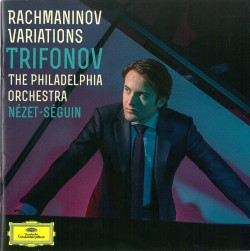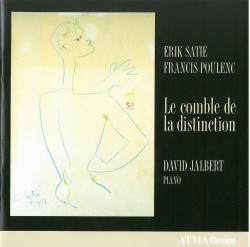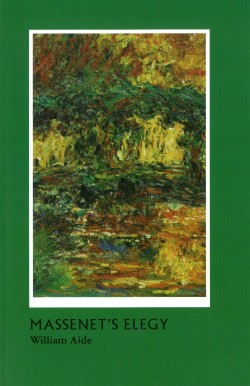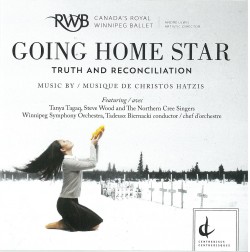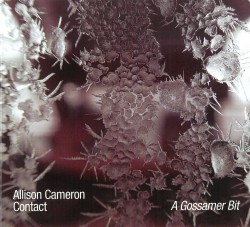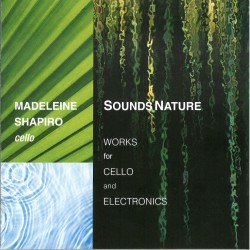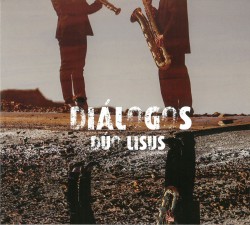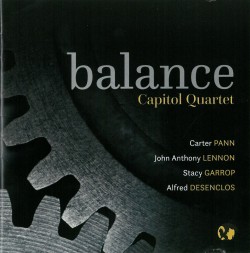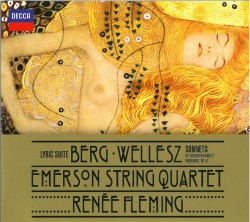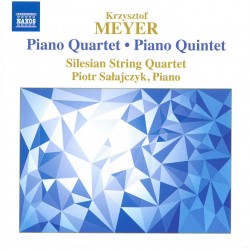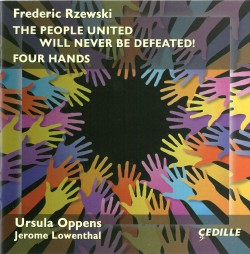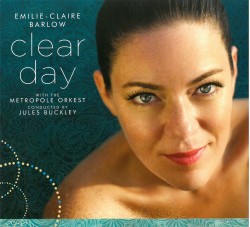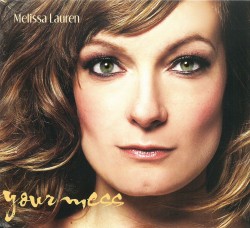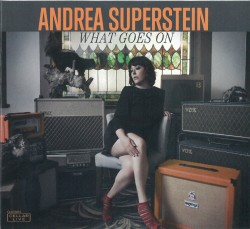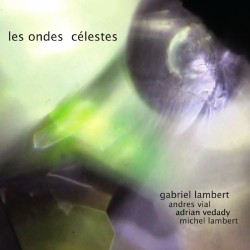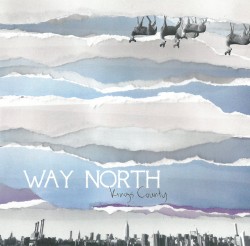Rachmaninov Variations - Daniil Trifonov; Philadelphia Orchestra; Yannick Nézet-Séguin
Rachmaninov Variations
Daniil Trifonov; Philadelphia Orchestra; Yannick Nézet-Séguin
Deutsche Grammophon 4794970
Review
How appropriate that a pianist by the name of Daniil Trifonov would record a disc of music by Sergei Rachmaninov plus a composition of his own titled Rachmaniana. To be honest, I was unfamiliar with his name, but it seems this 24-year-old already has more than a few feathers in his cap. Not only has he been the recipient of numerous prizes, including first prize in the prestigious Arthur Rubinstein competition, but he is making a worldwide name for himself. In this recording – his sixth – he has teamed up with Canadian conducting superstar Yannick Nézet-Séguin and the Philadelphia Orchestra, resulting in a fusion of two great artists.
There are innumerable recordings of the Rachmaninov Paganini Variations, but this is surely one of the finest. Trivonov’s flawless technique is matched throughout by the Philadelphia Orchestra’s full-bodied and robust sound. The variations literally fly by the listener in rapid succession, each a musical microcosm, notwithstanding the poetic and familiar No.18 which is treated with the heartfelt lyricism it so deserves. Both soloist and orchestra make ease of the enormous technical demands presented in the variations leading to the tumultuous finale, doing so with a sense of strong self-assurance.
Rachmaninov’s Variations on a Theme by Chopin Op.22 are based on the familiar Prelude Op.28 No.20. Trifonov approaches the music with great sensitivity, deftly capturing the kaleidoscopic moods of the 22 movements. His own set of variations, Rachmaniana, was written out of homesickness for his native Russia while temporarily residing in the U.S. While there is much originality within the score, the style also draws from Rachmaninov’s own musical idiom – the work opens in a quietly introspective manner, but the finale is a burst of technical exuberance.
The familiar Variations on a Theme of Corelli predate the Paganini Variations by only three years. Despite the myriad of moods conveyed within, Trifonov creates a unified whole, demonstrating intelligence and an innate musicality for this most demanding repertoire. While a Russian artist performing Russian music doesn’t always guarantee a stellar performance, in this case it did – this recording is bound to be a benchmark.


